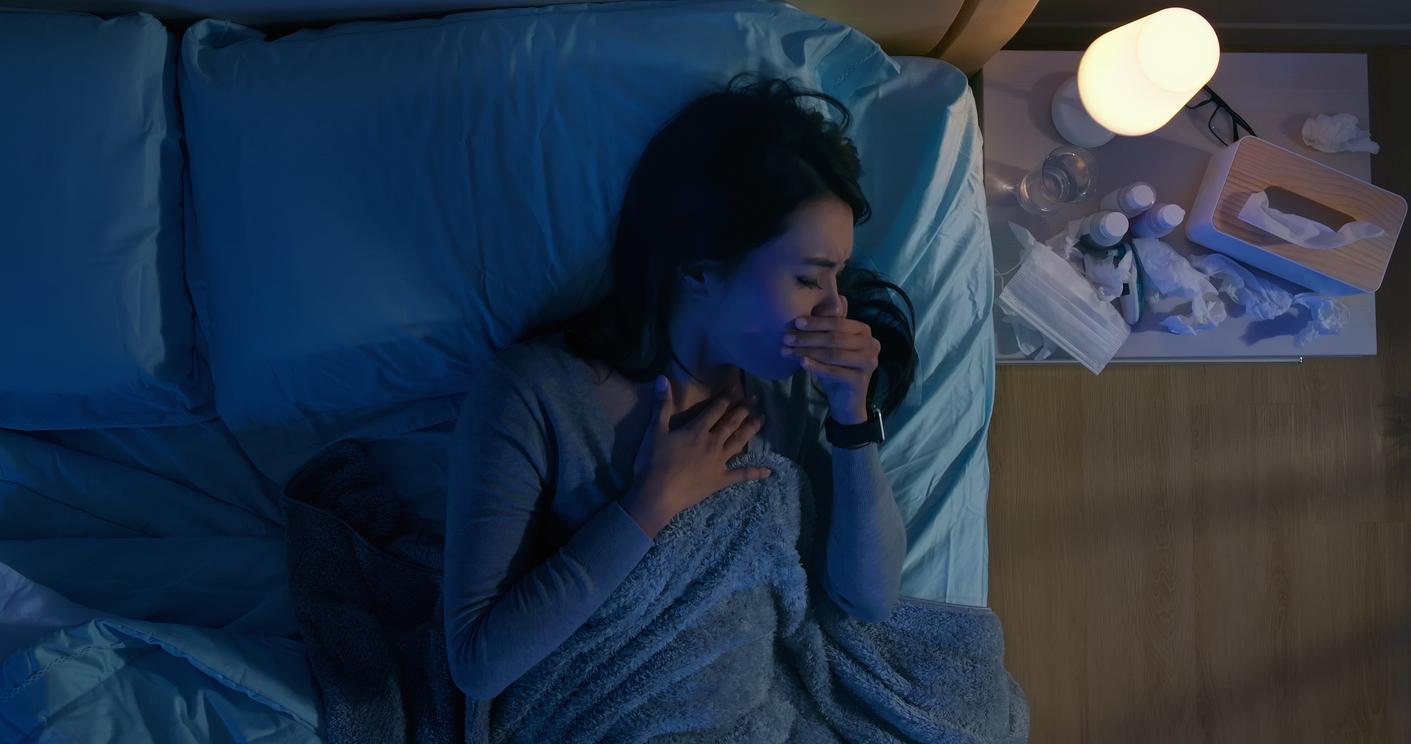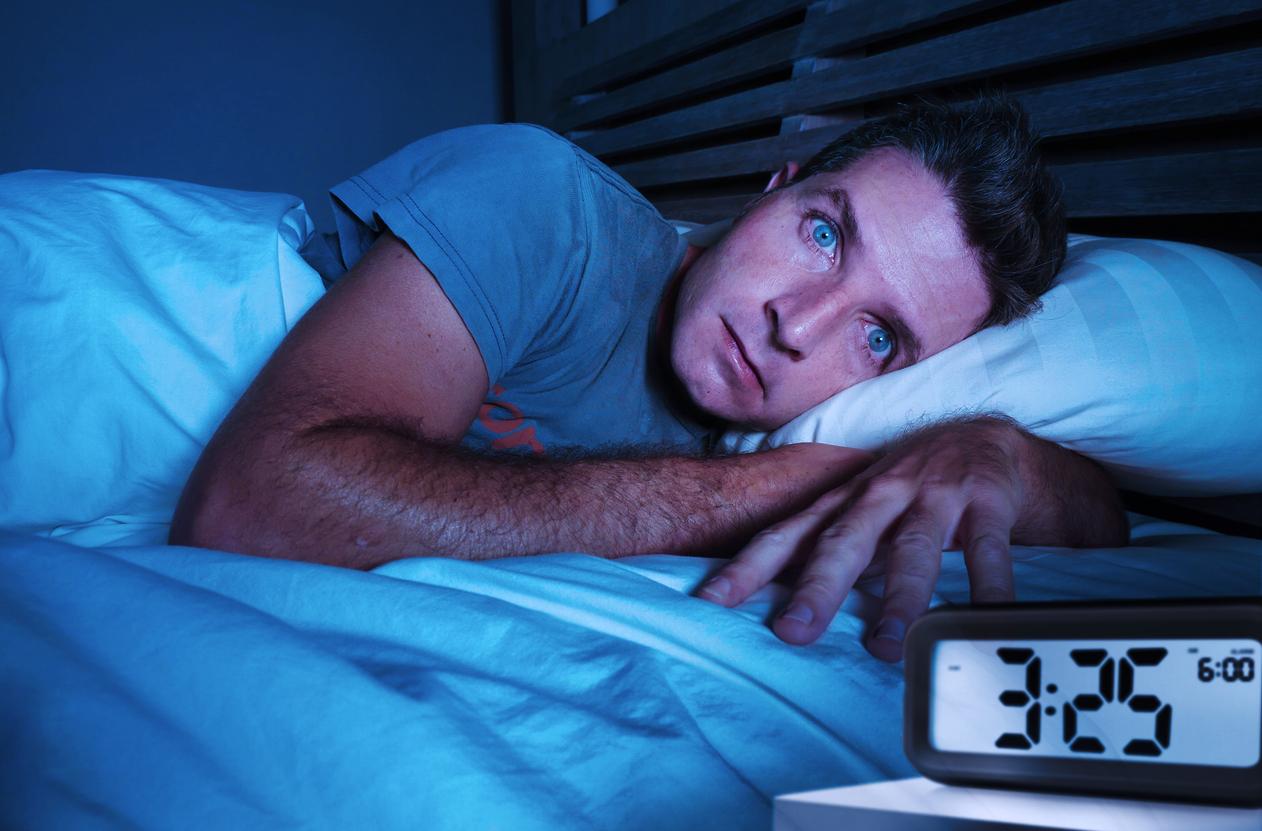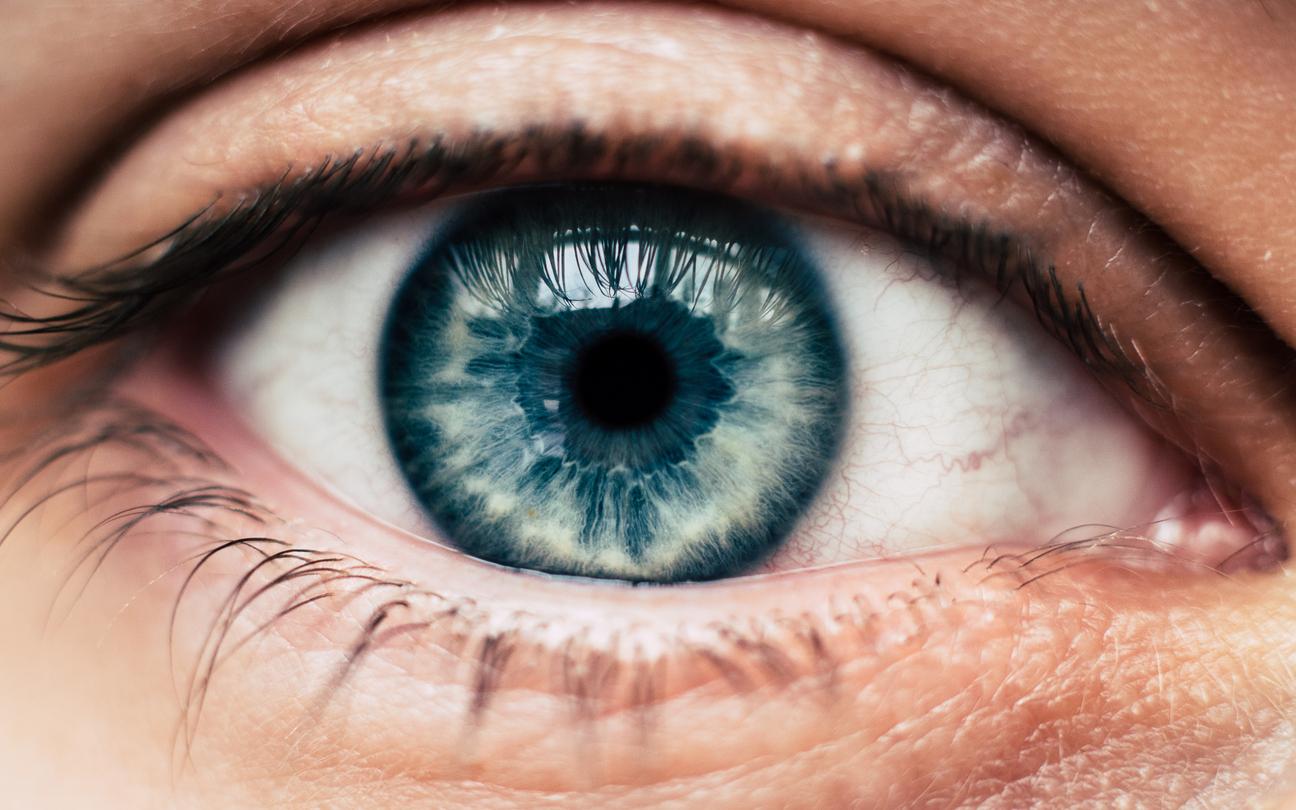You should sleep like an astronaut to reduce the risk of sleep disorders.

- The “zero gravity” position is recommended by NASA because it allows you to sleep better.
- It consists of lying down with your feet and head slightly elevated.
- This way of sleeping would reduce the risk of sleep disorders, acid reflux and sleep apnea.
Insomnia, nocturnal awakenings, difficulty falling asleep: sleep is sometimes a complicated moment. To fall, and stay, easily in the arms of Morpheus, it would be necessary to follow the example of the astronauts. Their sleeping position in space would be best suited for restful nights. In any case, this is the argument of a British sleep specialist and mattress retailer: Opera Beds. It is detailed in the English version of the Huffington Post.
Sleep disorders: an ideal position invented by NASA
According to these sleep experts, the position “zero gravity” would be the most beneficial to health. It consists of sleeping on your back with your head and feet slightly elevated, not higher than the level of the heart so that the spine is in neutral alignment. Originally, this position was was invented by the NASA to allow astronauts to find a form of balance in space and to reduce their level of stress.
Sleep: what are the benefits of this position discovered by NASA?
This way of sleeping would first limit the risk of sleep disorders, such as insomnia or awakenings, because this position is considered “natural” And “relaxing“. But it would also be beneficial against sleep apnea and snoring. “The zero gravity position gently lifts your head to put you in the optimal position which opens the airways and therefore helps prevent vibrations on the tissues of the throat, which can reduce snoring“, explain Opera Beds in the Huffington Post. Lying down with your head and feet slightly elevated may also reduce acid reflux. “When you lie flat or on your back, acid flows out because the stomach and esophagus are horizontalexplains Dr. Chris Winter at Daily Email. When you tilt your head up, gravity keeps your stomach contents inside. “He also believes that this position has orthopedic virtues: it would be easier to bear for the hips and shoulders.
Zero gravity: how to adopt this position recommended by NASA?
To successfully sleep in the position “zero gravity“, an adjustable bed is ideal, but it is also possible to use pillows. Dr. Chris Winter suggests placing one or two behind the knees and shins and doing the same behind the neck He warns, however, that this way of sleeping is not suitable for everyone: if you tend to be restless or fidgety during the night, this position may bother you.Sleeping in this position somehow limits youdevelops the neurologist. After a while you might want to switch sides and it’s a bit tricky to do. For him, the main thing is to find a way of sleeping that suits you.
















